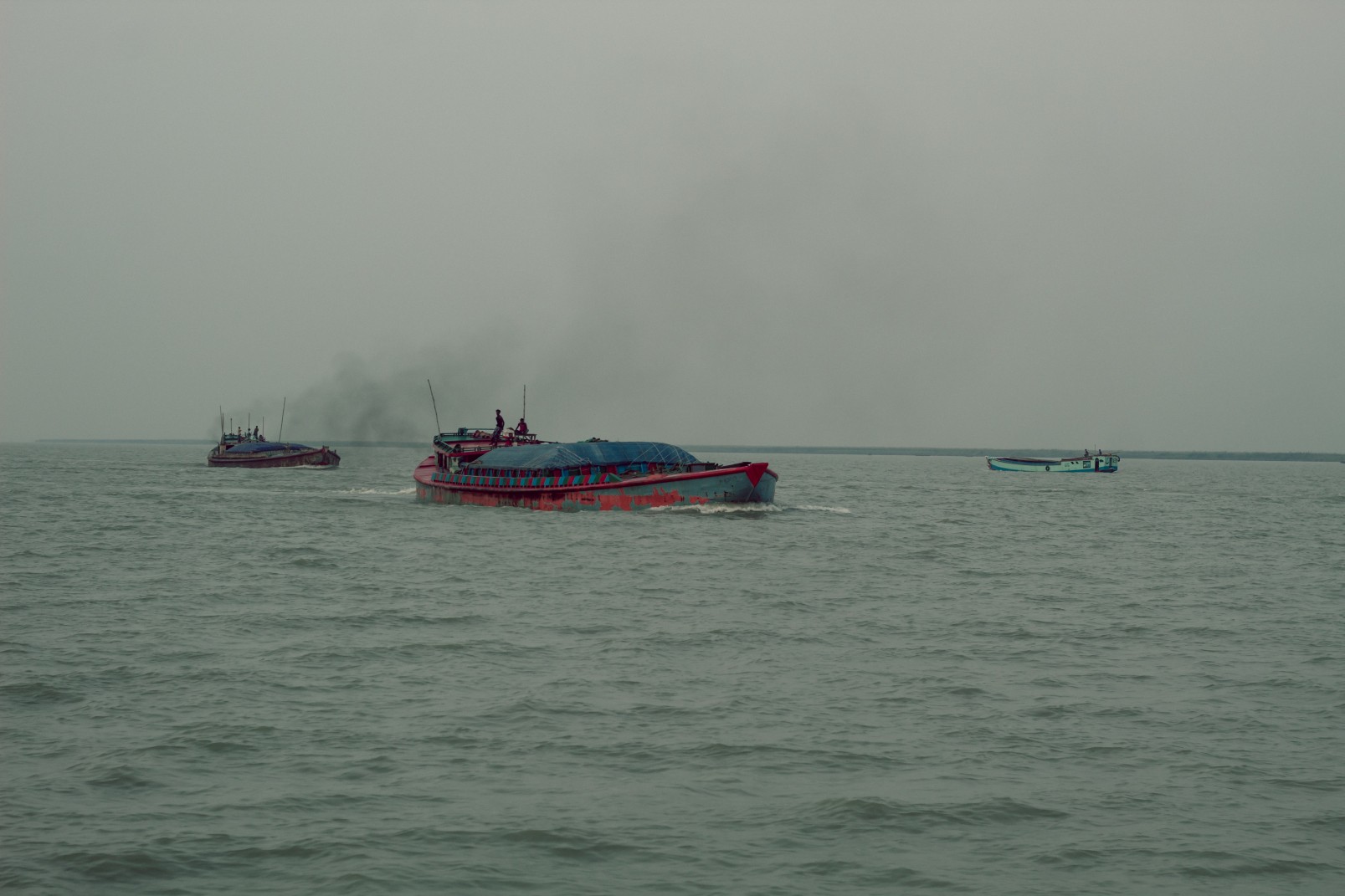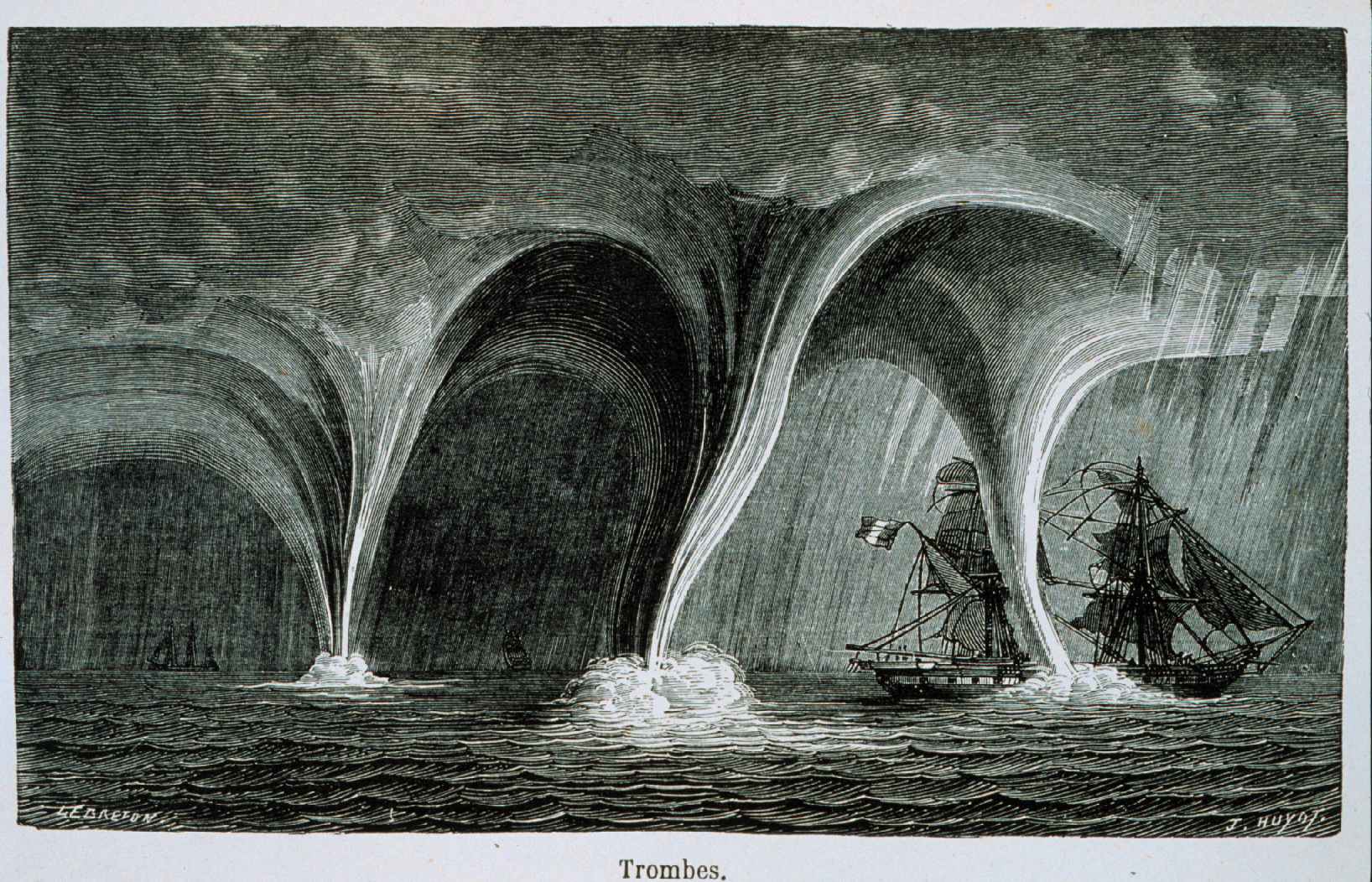COPYRIGHT © INHIST.COM / 2023
The 1556 Grand Harbour of Malta Tornado capsized ships and killed 600 people
Picture this: a quaint Mediterranean island, its turquoise waters gently lapping against the shores, its harbor bustling with activity. But on that fateful day, September 23, 1556, the tranquility of Malta’s Grand Harbour was shattered by a cataclysmic force of nature. In what can only be described as a horrifying spectacle, a massive tornado descended upon the harbor, leaving devastation in its wake. This is the harrowing tale of the Grand Harbour of Malta Tornado.

The Grand Harbour of Malta Tornado: The origins of destruction
At precisely seven o’clock in the morning, the unsuspecting inhabitants of Valletta, Malta’s capital, were about to witness a terrifying natural phenomenon. Tornadoes, typically born out of unstable updrafts, are a rare occurrence over water. However, under certain conditions, they can form and unleash their fury. On that ill-fated day, those conditions aligned, and the Grand Harbour of Malta became the stage for a catastrophic event.

The wrath of the tornado unleashed
Pierre-Marie-Louis Kerdu, a French Maltese knight and historian, chronicled the events that unfolded on that fateful morning. In his accounts, Kerdu vividly described the sheer power of the tornado and its devastating consequences. Within half an hour, countless ships were swallowed by the churning waters, their wooden frames shattered like twigs. Bricks and galliots were reduced to rubble, and the once bustling harbor district became a graveyard.
The tragic loss of life
The toll on human life was staggering. Kerdu’s writings reveal the heart-wrenching reality of the disaster. As the tornado ravaged the harbor, four galleys, including the Santa Fe, San Claudio, San Michele, and San Filippo, met a tragic fate. The officers, soldiers, and galley slaves aboard these vessels were either swept away by the merciless currents or crushed under the weight of the capsized ships. The loss of life was immense, with over 600 people perishing that day, including Maltese knights who valiantly fought against the elements but succumbed to their wrath.
The aftermath and rebuilding efforts

In the wake of the devastation, Malta mourned its fallen. However, the island’s resilience shone through as the community rallied together to rebuild their shattered lives. The grand master of the Order of St. John, Claude de la Sengle, recognized the need to restore the houses and vessels that had been reduced to ruins. With determination and fortitude, the reconstruction efforts commenced, breathing new life into the scarred harbor district.
Remembering the Grand Harbour Tornado
Centuries have passed since that fateful day, and Valletta, now a thriving city, bears little evidence of the once cataclysmic event. The memory of the Grand Harbour tornado lives on in historical accounts and the collective consciousness of the Maltese people. It serves as a reminder of the forces of nature that can wreak havoc on even the most idyllic of locations.
Final words
The Grand Harbour of Malta Tornado remains etched in history as an ancient evidence to the destructive power of nature. It serves as a reminder of the fragility of human existence in the face of such immense forces. The resilience and determination of the Maltese people in the aftermath of the disaster exemplify the indomitable spirit that can arise from the rubble. As Valletta stands strong today, it is a testament to the enduring nature of the human spirit and the power of rebuilding in the face of adversity.


